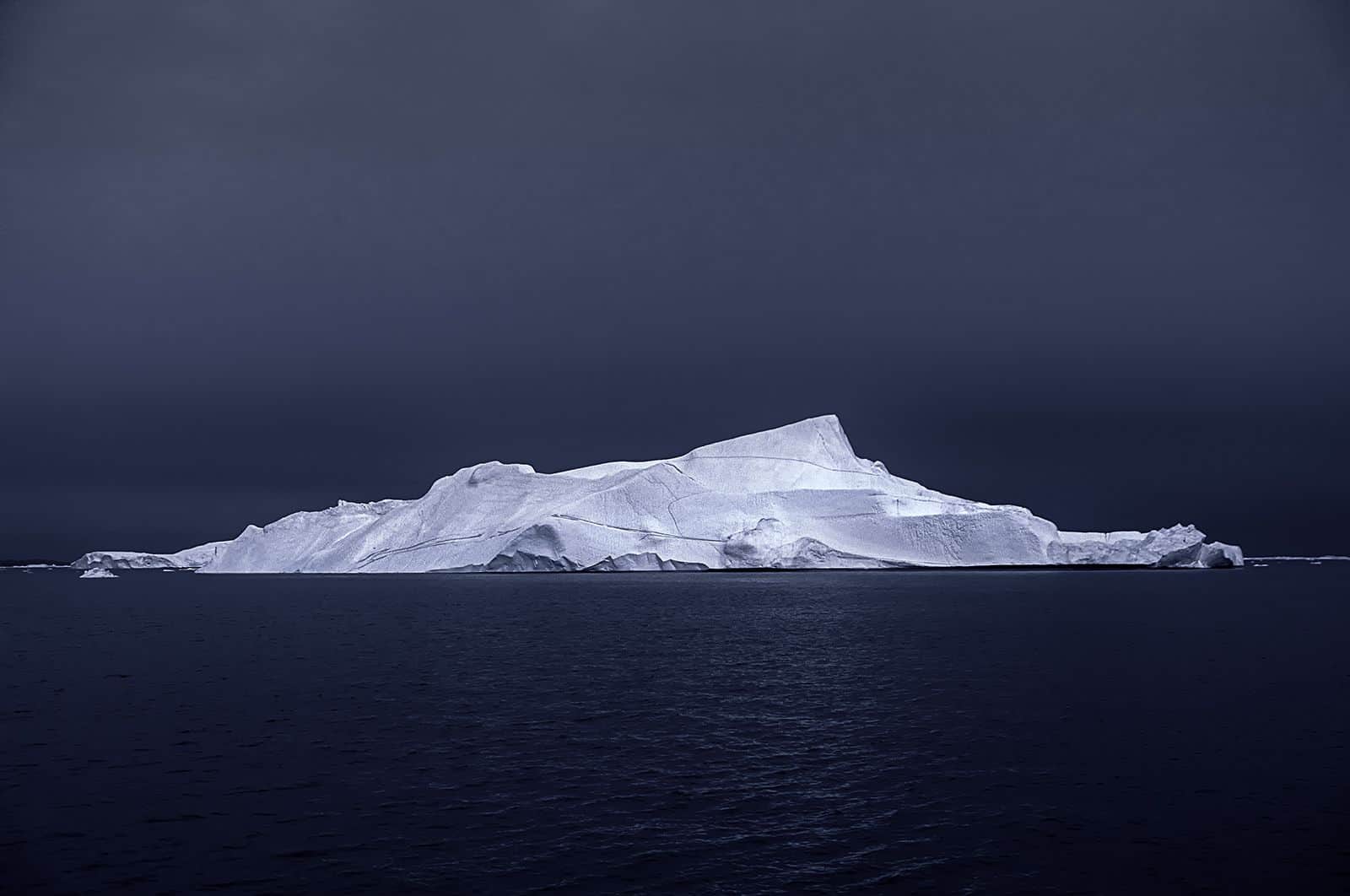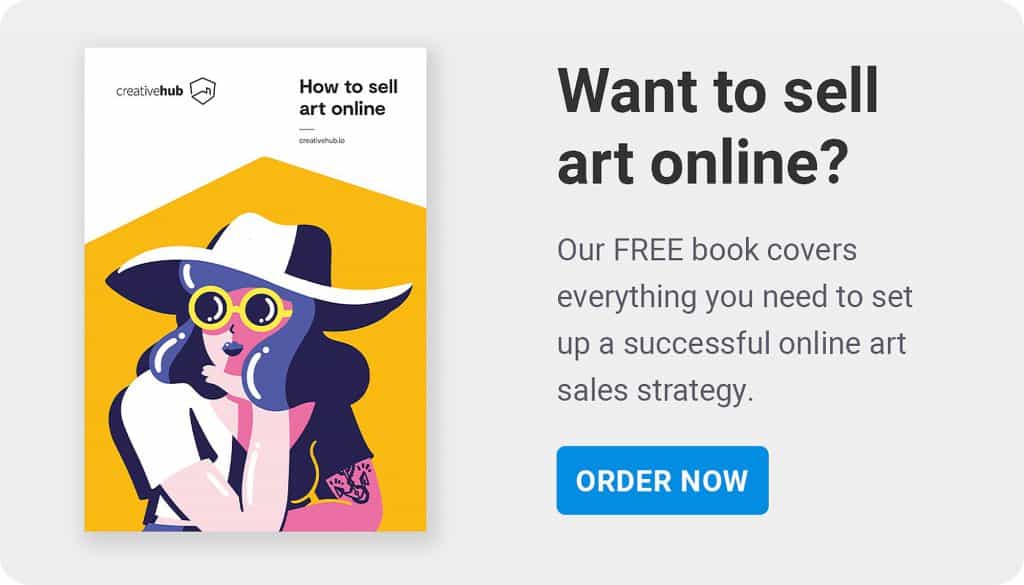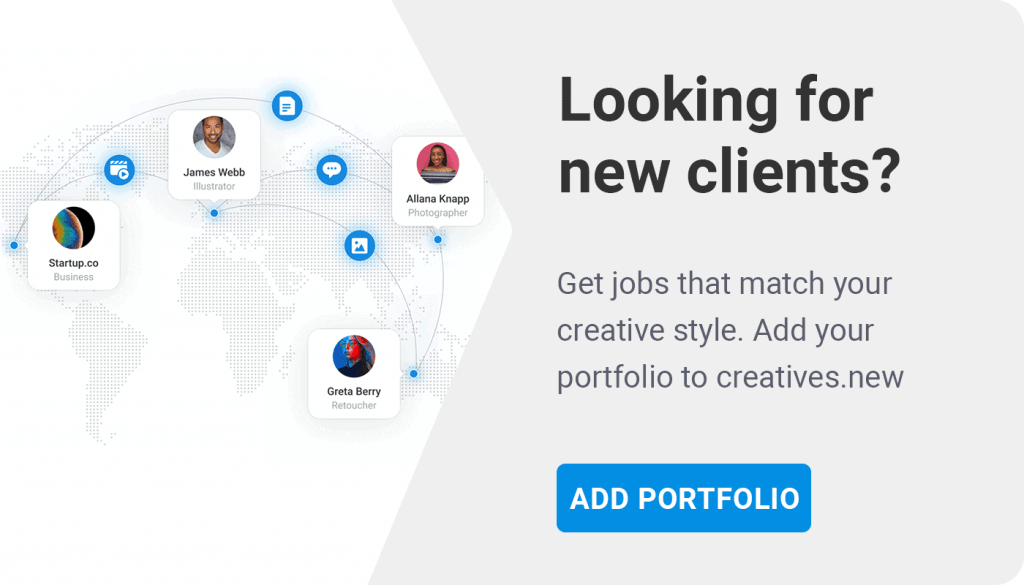“I wanted to have an apartment with my own pictures on the walls so I could remember my own journeys and stories”
Jaymal Nathwani / Photographer
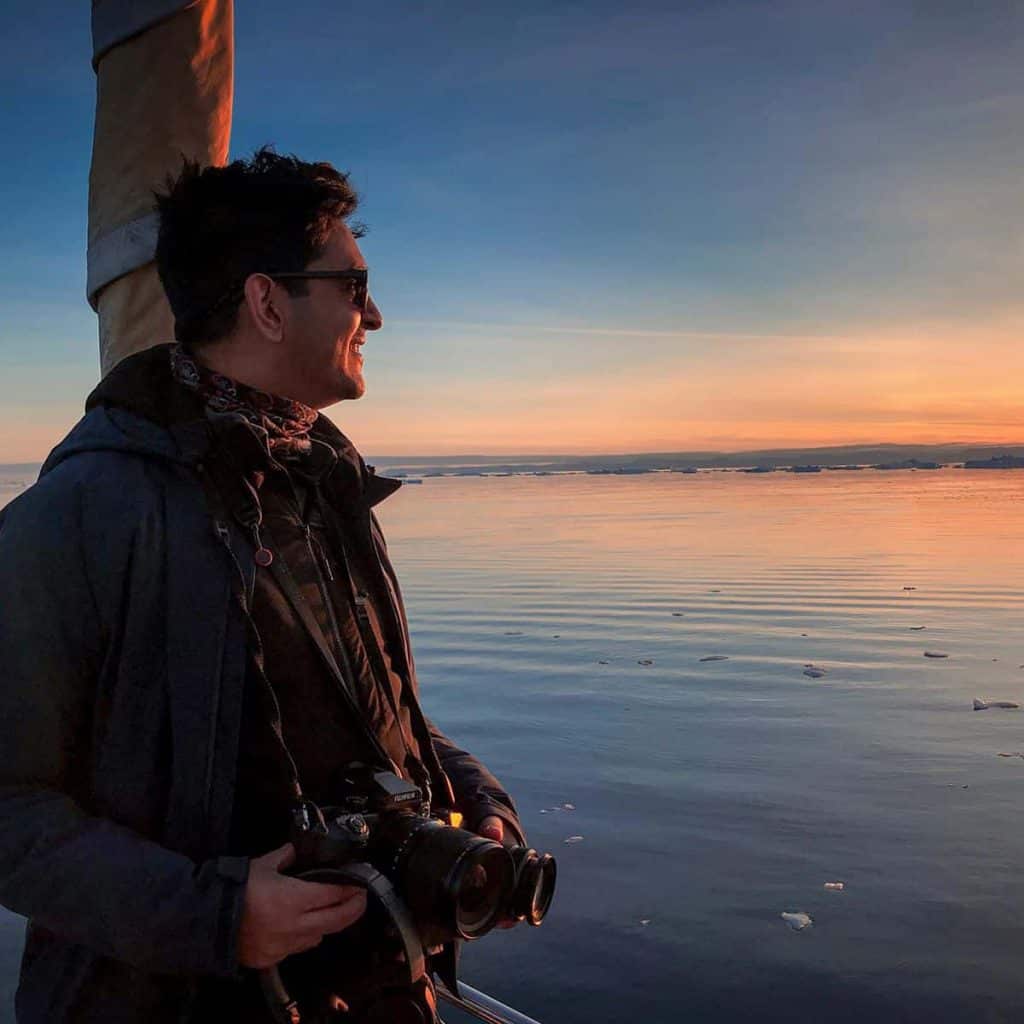
How did you get into photography?
I am pretty new to photography, my other life has been as a trader in finance. Photography showed me a complementary discipline. In terms of my practice, I’m self-taught in so far as I haven’t received any formal training, but that being said I started out by doing a quick course. From there it was a case of going online, finding people’s work that I liked, trying to study them, emulate that to some extent and apply my own twist. Through the course of my travels, I met other photographers and by working with them I was able to pick their brains and without necessarily taking the same photo, understand part of their process.
How did you start selling prints of your art?
I always told myself that one day I wanted to have an apartment with art prints of my own pictures on the walls so I could remember my own journeys and stories. That was probably the extent of my photographic aim. Then I came back from my travels with a body of work that I had shared through social media. I put out a poll on my Instagram which was basically to my friends and shared some of my lessons from my journey and I asked the question; “If I was to sell some art prints for charity, who would buy one?” just to see what would happen. I had about 125 people saying they would. I also had people along the way asking me for the work. So I had this idea of selling the work but giving all of the profits to charity.
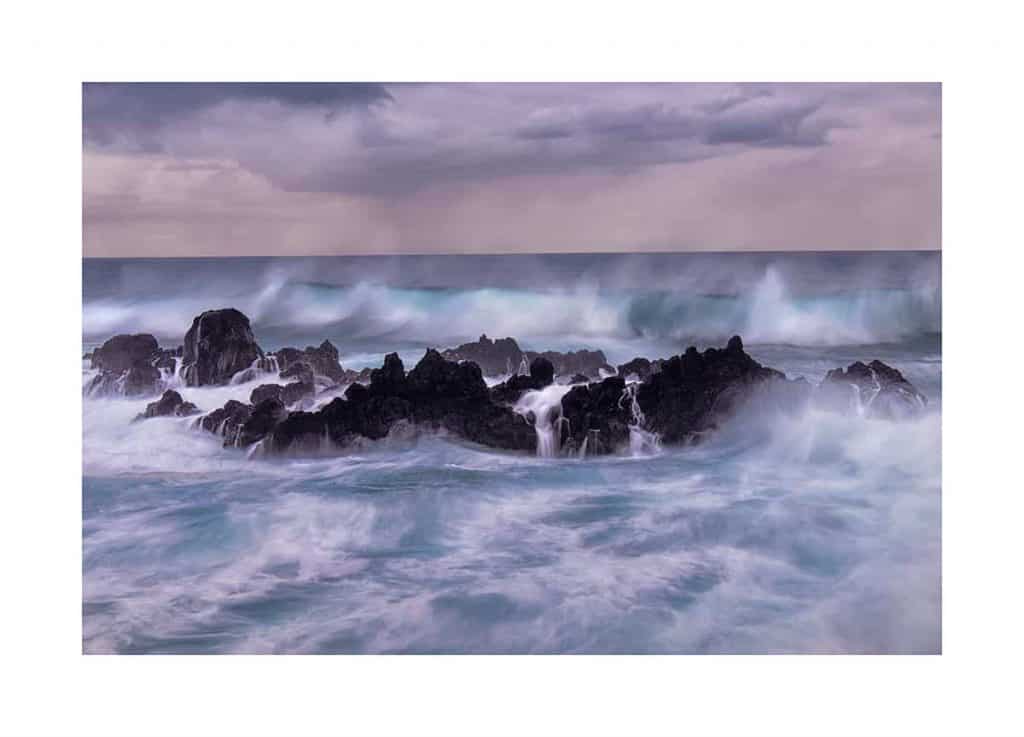
“I had the creativehub kiosk at the opening night and I don’t think my first exhibition would have been half as successful without it – we sold 129 prints in one evening”
What was your strategy for selling art prints of your work?
When I decided to start selling prints, the other idea that morphed out of that was having an exhibition, a charity auction. I quickly realised that from a logistical perspective I was not even close to being ready to do this. Some people that I had bought some of my camera equipment from recommended theprintspace and through that I came across creativehub and Shopify.
I had the creativehub kiosk at the opening night and I don’t think my first exhibition would have been half as successful without it – we sold 129 prints in one evening! People who came to my exhibition and used the kiosk couldn’t believe how seamless the whole thing was and yet when I think about how quickly it all got sorted, to go from no website to what I have, super impressive!
On the night it was a simple to use concept and I think that having it there, it compliments peoples thought process to suggest; “it is right in front of me, it is really easy to use so I’m going to do it now and be done”. Also, when you see five other people doing it, you feel compelled to do it too. Whereas when you are using a phone or you’re going home to buy a print, there is less impact or urgency. So (1) it presents the work very well (2) it encourages people to act now instead of later.
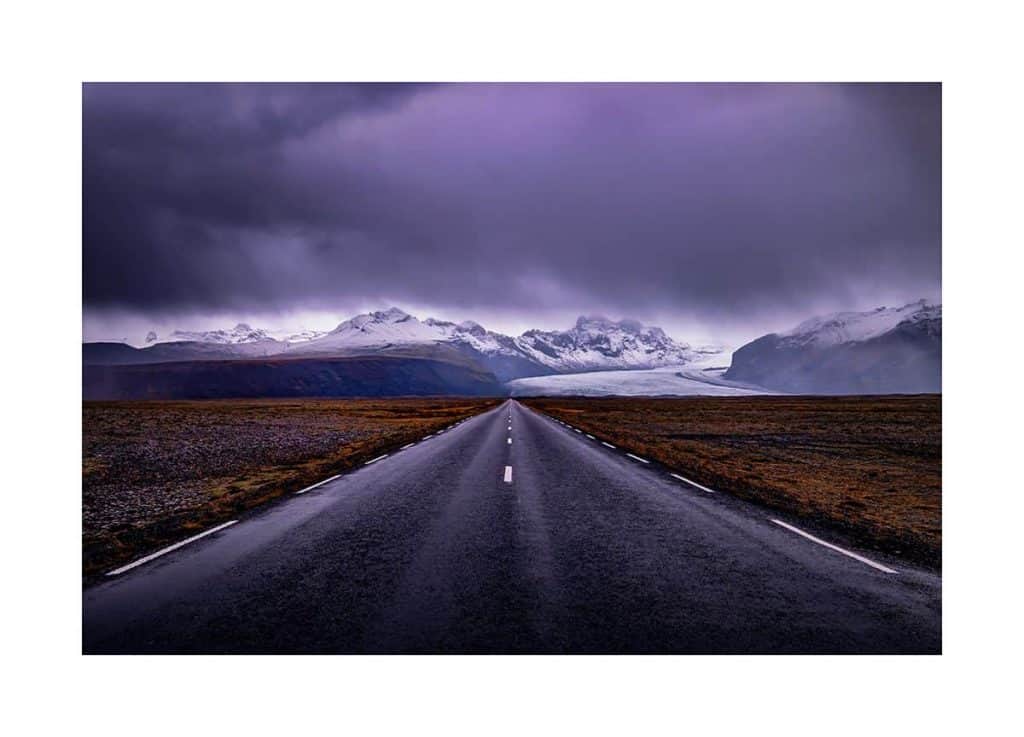
How did you set prices and sizes for your art?
Firstly I thought, what is the end goal here? (1) To raise as much money for the charity as I could. (2) Get my work out there. (3) Give people something that they valued in return for giving back to the charity.
How did that play into art print pricing and how did that play into art print editions? I decided to have three distinct tiers of pricing. The first tier was so that many could afford something, those were in an edition of 50 and priced at £133. I still put a cap on it to add some value for the buyer and to encourage people to buy it now and donate to the charity now, rather than waiting. For the larger art print editions I chose a much higher price on the basis of two things; (1) I had used a higher set of equipment or a more expensive camera to achieve that super high image quality. (2) I decided to sell these prints with a frame and high-quality glass. For me, it was because I wanted to set a standard for my work from day one. I didn’t want to compromise on the quality of the product. The smaller edition sizes reflected on that as well. The interesting thing was that for the charity sale, the bulk of money actually came from the lower-priced editions. Part of this I think is that when selling work online, it is much easier for someone to spend £133 without seeing the product than when you almost pay £2000 for a big piece.

“The biggest lesson has been; be willing to go out there and present yourself and why you are doing something”
What are your future plans?
What I want to do for the moment is enjoy the work that I have made and the process, keep learning the art form, stay humble to where I am at within my process and get better as a photographer. See to it that these things will somehow marry somewhere down the road. I am not thinking too hard about when that is, because like I said, this journey has been quite organic one and I am letting it take me where it takes me instead of me guiding it in a direction. The biggest lesson has been; be willing to go out there and present yourself and why you are doing something.
@jaymalnathwani.photo
